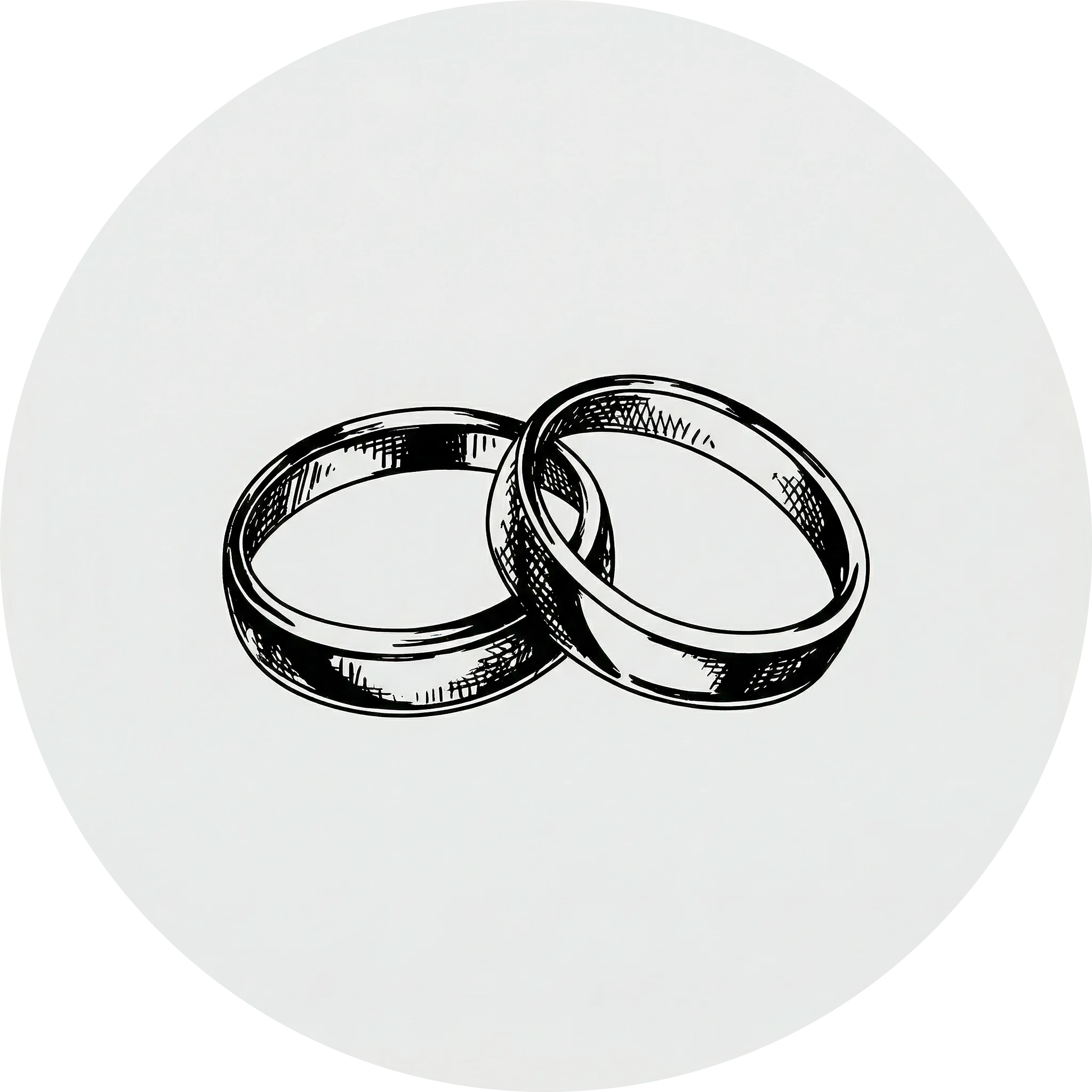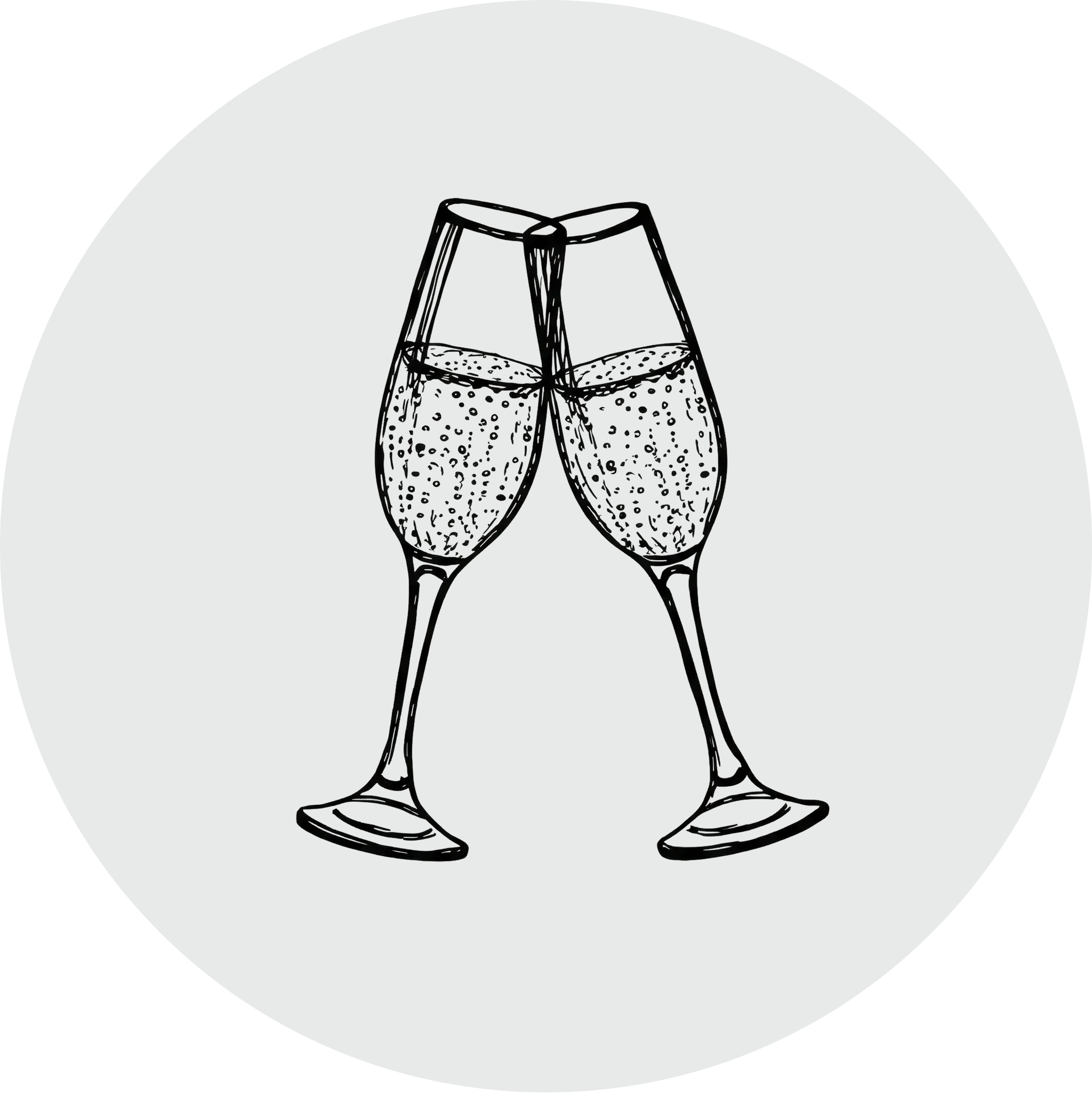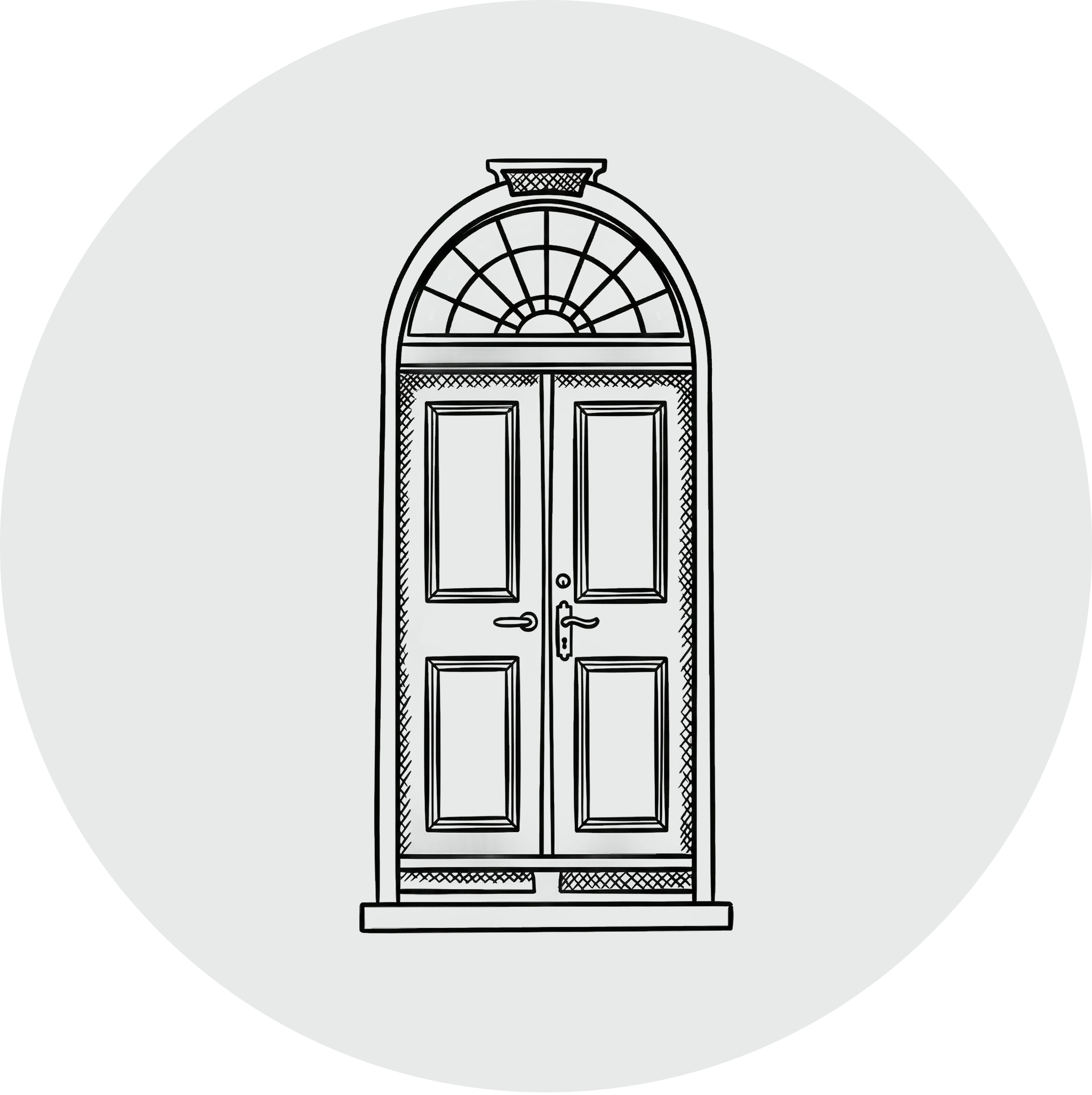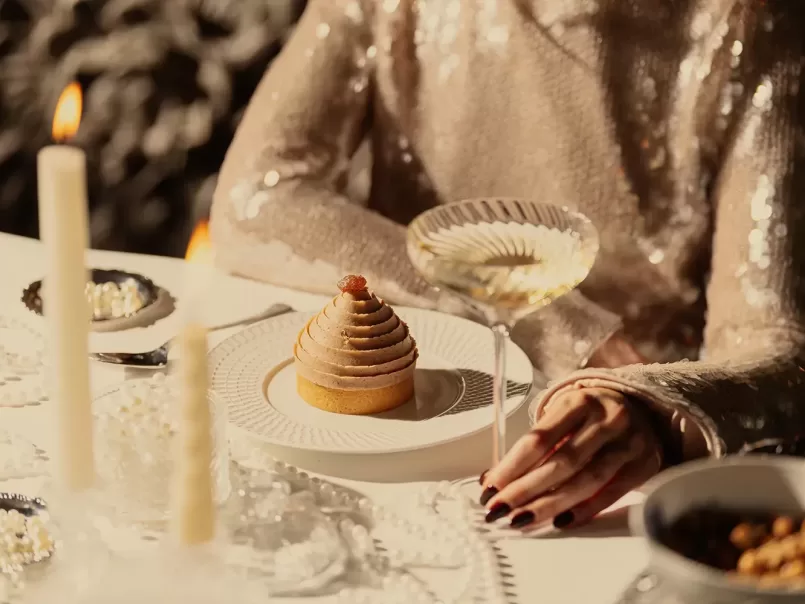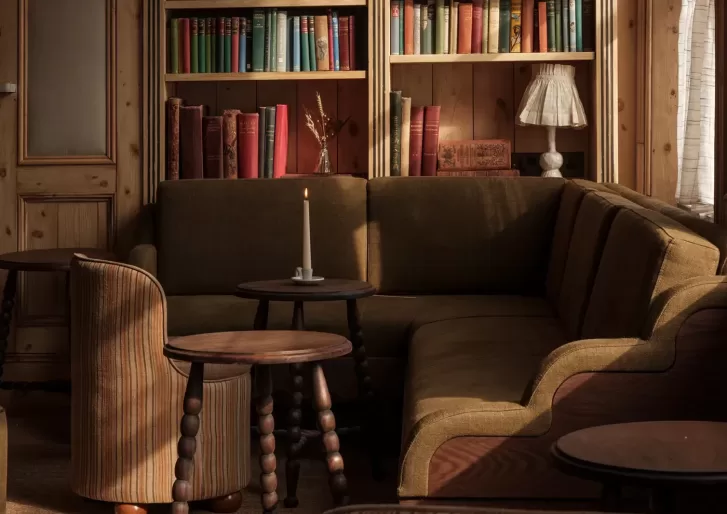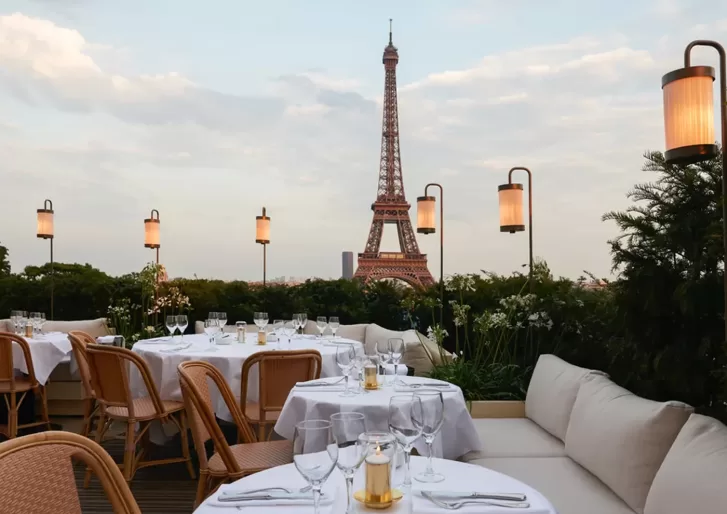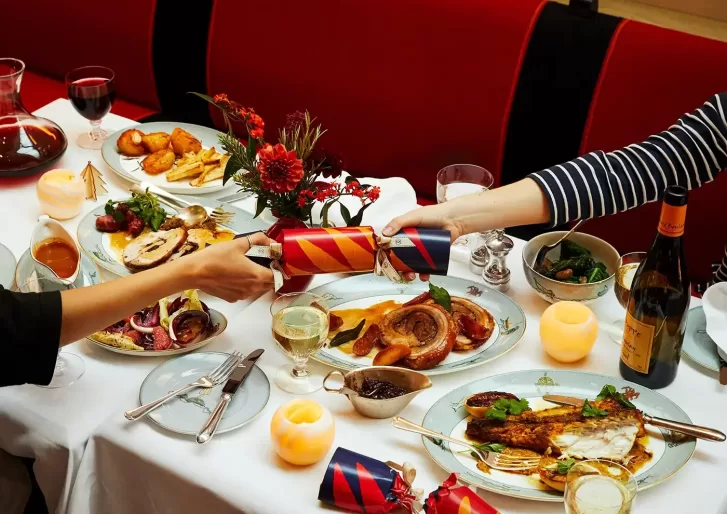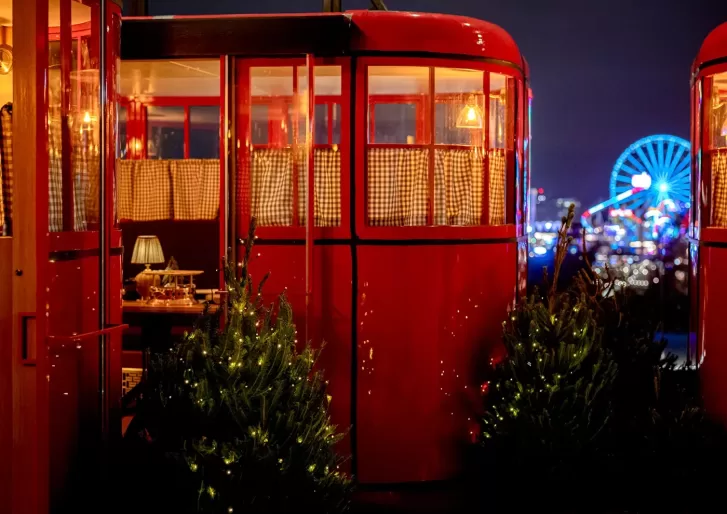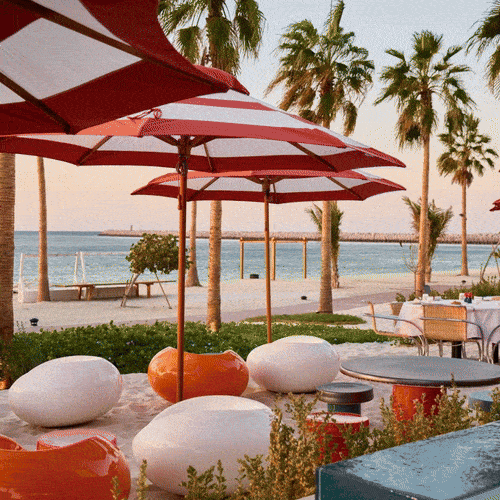This is where you'll find the latest in luxury.
Discover what's new and now.
No articles found
Five questions for Maria Boumpa
The IWSC’s UK Sommelier of the Year 2025 spills her secrets on what we should be sipping, swilling, and swigging this season.
Read moreLondon’s most stylish New Year’s Eve celebrations
The countdown to New Year’s Eve is on. Here are London’s top spots for celebration this 31st December.
Read moreThe best private ski clubs in the US
From new openings to old favourites, these are the best private ski clubs and resorts in the US to bookmark for a luxury alpine adventure.
Read moreLondon’s cosiest library bars
Shh... we couldn’t keep our list of London’s best bars for booze and books quiet for any longer.
Read moreHow to spend New Year’s Eve in Paris
From dinner cruises to cabaret dancing, we’ve rounded up the top ten ways to ring in the year.
Read moreYour guide to New Year’s Eve in Aspen
Our guide to New Year’s Eve in Aspen covers where to go, stay, dine, and après to ring in 2026 in serious slopeside style.
Read moreEditor's picks
Where to dine on Christmas Day in London
We’ve made a list, and checked it twice. This is where to dine out for Christmas lunch (or dinner) on 25th December this year.
Read moreWhere to watch the NYE fireworks in Hong Kong
Please note: since this article was published, Hong Kong’s New Year’s Eve fireworks display has been cancelled.
Read more10 festive pop-ups to book in London this month
The city has welcomed winter with open arms. From rooftops to terraces, these are our top ten festive pop-ups to book in London this month.
Read more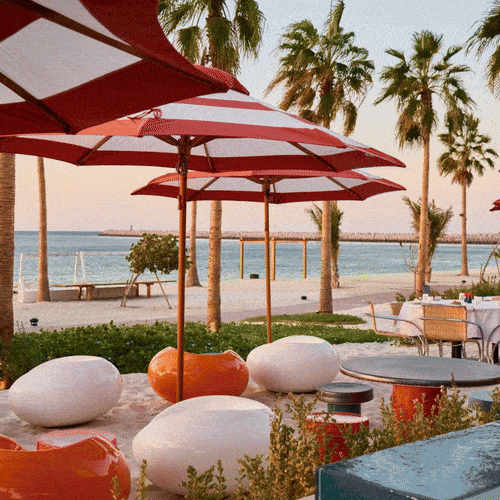
NOTED
Stay in the know with our monthly newsletter – a complimentary edit of everything new and noteworthy in the luxury world.
By signing up to the newsletter you confirm you have read & agree to the Privacy Policy.
